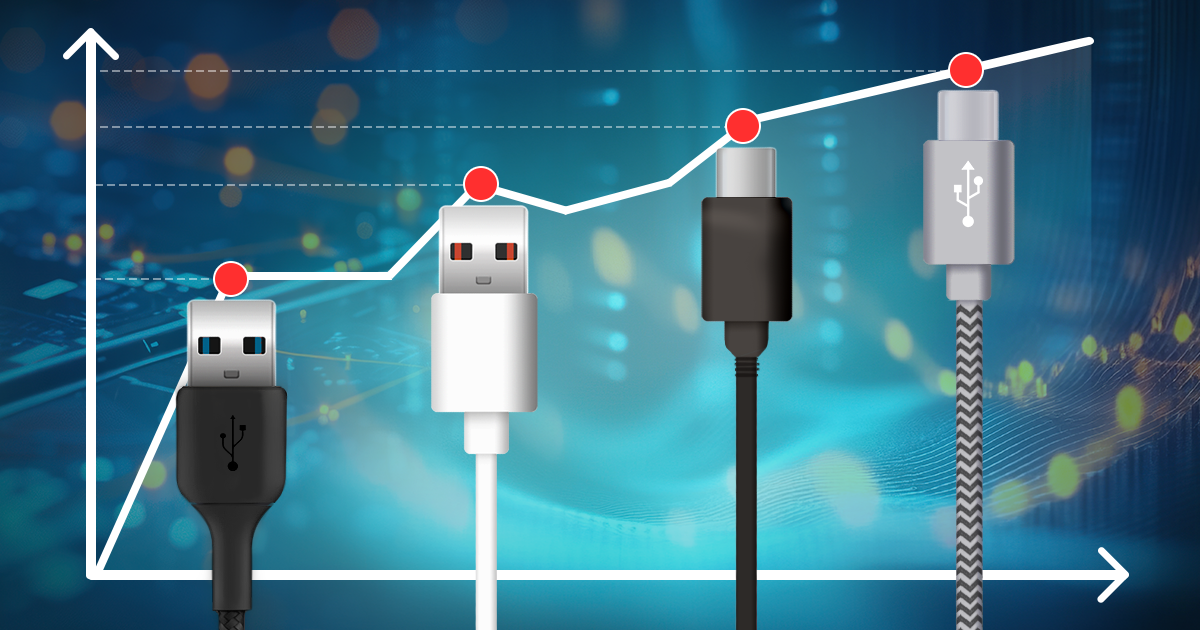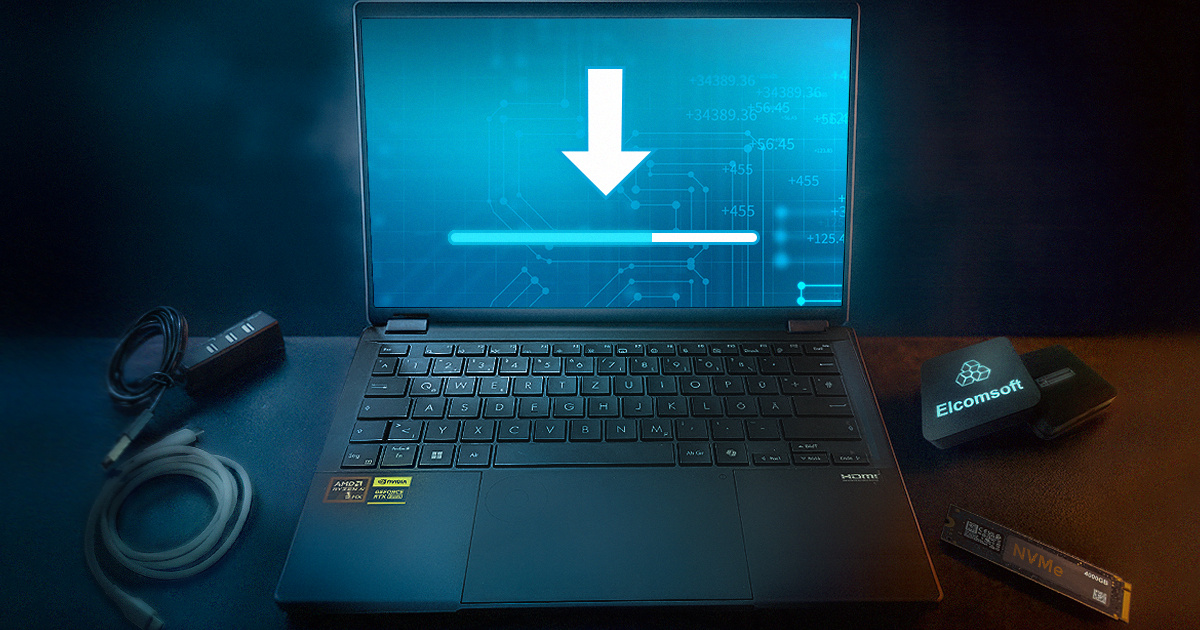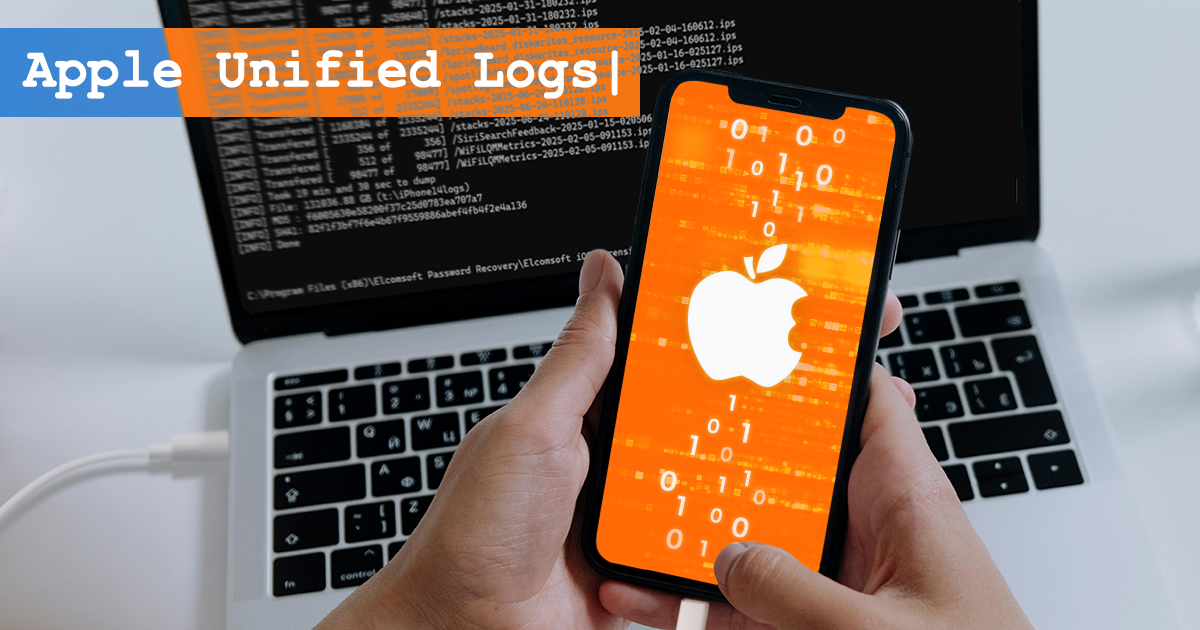With more than 127 million users in multiple countries, Apple Pay is one of the more popular contactless payment systems. Unlike some competing payment technologies, Apple Pay is not only tightly integrated into Apple’s ecosystem but is exclusive to Apple devices.
It’s been a lot of hype around the new Apple security measure (USB restricted mode) introduced in iOS 11.4.1. Today we’ll talk about how we tested the new mode, what are the implications, and what we like and dislike about it. If you are new to the topic, consider reading our blog articles first (in chronological order):
Lockdown records, or pairing records, are frequently used for accessing locked iOS devices. By using an existing lockdown record extracted from the suspect’s computer, forensic specialists can perform logical acquisition of the iOS device with iOS Forensic Toolkit and other forensic tools. Logical acquisition helps obtain information stored in system backups, access shared and media files, and even extract device crash logs. However, lockdown records may be tricky to access and difficult to extract. macOS protects lockdown files with access permissions. Let’s find out how to access the lockdown files on a live macOS system.
It’s been fast. iOS 11.3.1 and all earlier versions of the system down to iOS 11.2 have been successfully jailbroken. In addition, the jailbreak is compatible with iOS 11.4 beta 1 through 3. We normally wouldn’t post about each new jailbreak release; however, this time things are slightly different. The new Electra jailbreak uses two different exploits and presents two very different installation routines depending on whether or not you have a developer account with Apple. Considering how much more stable the developer-account exploit is compared to the routine available to the general public, this time it pays to be an Apple developer.
The most spoken thing about iOS 11.4.1 is undoubtedly USB Restricted Mode. This highly controversial feature is apparently built in response to threats created by passcode cracking solutions such as those made by Cellerbrite and Grayshift. On unmanaged devices, the new default behavior is to disable data connectivity of the Lightning connector after one hour since the device was last unlocked, or one hour since the device has been disconnected from a trusted USB accessory. In addition, users can quickly disable the USB port manually by following the S.O.S. mode routine.
Apple has an article on their official Web site, warning users against jailbreaking iOS devices. The article “Unauthorized modification of iOS can cause security vulnerabilities, instability, shortened battery life, and other issues” is available at https://support.apple.com/en-us/HT201954. How much truth is in that article, and is jailbreaking as dangerous as Apple claims? We’ll comment the article based on our extensive experience in jailbreaking more than a hundred devices running every version of iOS imaginable.
iPhone protection becomes tougher with each iteration. The passcode is extremely hard to break, and it’s just the first layer of defense. Even if the device is unlocked or if you know the passcode, it is not that easy and sometimes impossible to access all the data stored on the device. This includes, for example, conversations in Signal, one of the most secure messengers. Apple did a very good job as a privacy and security advocate.
We have just released an update to iOS Forensic Toolkit. This is not just a small update. EIFT 4.0 is a milestone, marking the departure from supporting a large number of obsolete devices to focusing on current iOS devices (the iPhone 5s and newer) with and without a jailbreak. Featuring straightforward acquisition workflow, iOS Forensic Toolkit can extract more information from supported devices than ever before.
iOS 11.4 has finally brought a feature Apple promised almost a year ago: the iMessage sync via iCloud. This feature made its appearance in iOS 11 beta, but was stripped from the final release. It re-appeared and disappeared several times during the iOS 11 development cycle, and has finally made it into iOS 11.4. Let’s have a look at how iMessages are protected and how to download them from iCloud.
“Significant Locations” are an important part of the evidence logged on iPhones. Forensic experts doing the acquisition will try accessing Significant Locations. At the same time, many iPhone users are completely unaware of the existence of this feature. What are Significant Locations, where are they stored, and how to extract them, and what value do they serve in investigations?


